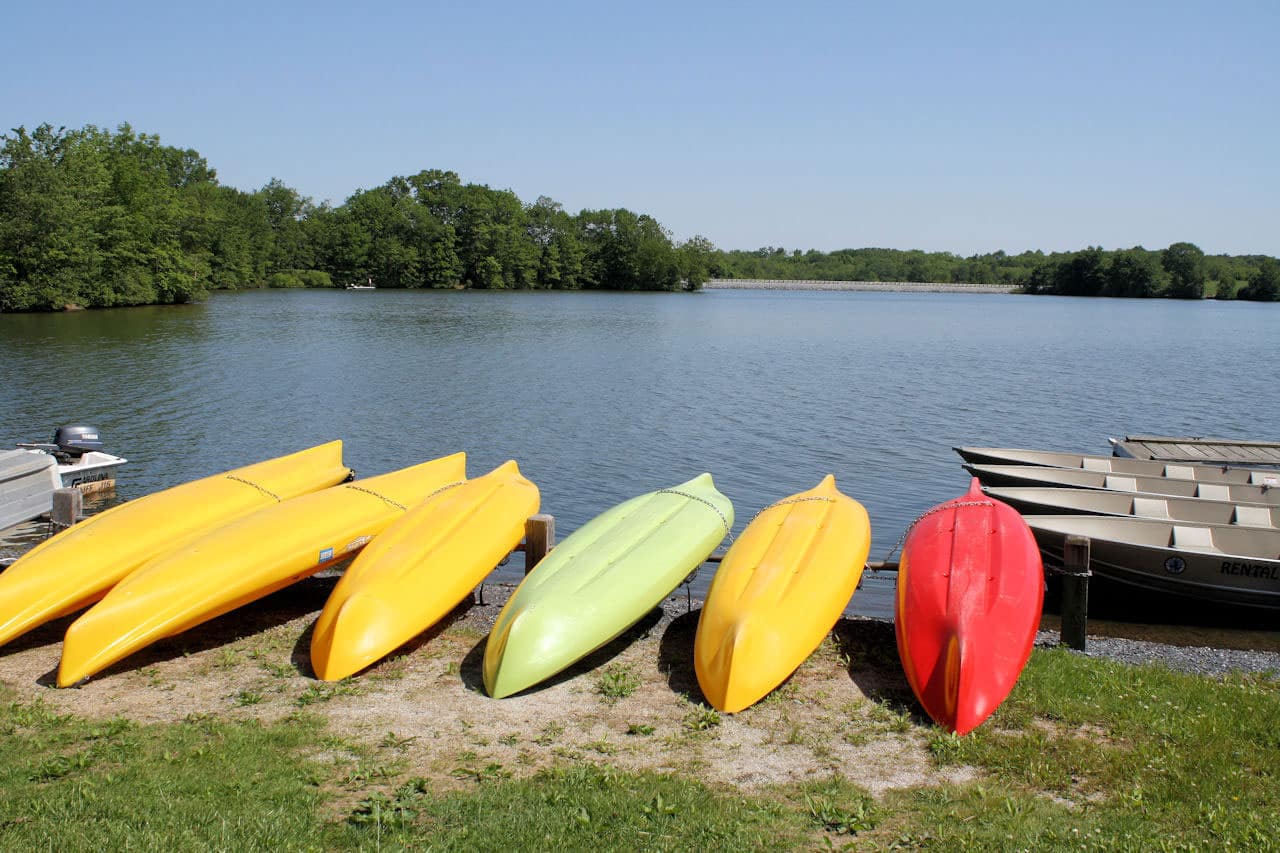Envision waking up to a breathtaking waterfront panorama, only to discover it tainted by a thick, green film of algae. Harmful algal blooms (HABs) have been shown to significantly impact property values, particularly those near affected water bodies.
These findings illuminate a harsh reality: beyond their environmental implications, algal blooms impose a heavy financial burden on homeowners and local communities. The need for effective management and mitigation strategies is urgent to safeguard property values and preserve economic stability.
Economic Consequences of HABs
Harmful algal blooms (HABs) are not only an environmental and public health issue but also have significant economic repercussions, particularly in the real estate market. These blooms, which are exacerbated by nutrient runoff and changing climatic conditions, lead to declines in water quality, recreational opportunities, and aesthetic appeal of affected water bodies. This, in turn, negatively impacts property values, causing substantial financial losses for homeowners and communities.
Ohio State University researchers have conducted a study estimating the economic impact of harmful algal blooms (HABs) on property values. They found that algal blooms at two Ohio lakes, Grand Lake St. Marys and Buckeye Lake, led to a combined loss of $152 million in property value over the course of six years. This decrease in property value is attributed to the diminished aesthetic appeal, health concerns, and reduced recreational opportunities caused by the presence of harmful algae .

Another study estimated that HABs have the potential to affect between 24,000 and 210,000 properties within a 10-mile radius from the Lake Erie coastline. This impact underscores the widespread economic risk posed by algal blooms and the need for effective algal bloom management.
Properties that depend on tourism, such as vacation rentals, hotels, and recreational facilities, experience a sharp decline in visitors, leading to significant economic losses for the local economy. When lakes are closed and people can’t swim due to harmful algal blooms, the impact on local businesses and the overall community is profound, further exacerbating the financial strain.

Policymakers need detailed information on the economic and health impacts of harmful algal blooms to create effective management strategies. Understanding the financial burdens caused by HABs, such as declines in property values and losses in tourism revenue, helps develop targeted policies that efficiently allocate resources to prevent and mitigate these blooms. Additionally, considering the health risks posed by HABs ensures that policies protect public health as well as the environment and local economies.
LG Sonic’s Effective and Eco-Friendly Algae Control
LG Sonic’s advanced algae control solutions employ ultrasound technology to effectively manage and reduce algal blooms in water bodies without the use of harmful chemicals. By disrupting algae’s cellular functions, this eco-friendly method ensures water remains clear and safe for ecosystems and human use. The technology is both sustainable and efficient, offering a green alternative to traditional chemical treatments for water management.
By effectively managing and preventing harmful algal blooms, we can help protect property values and contribute to the overall economic well-being of affected communities. Our solutions offer not only environmental and health benefits but also significant economic advantages by helping to maintain the appeal and usability of areas around water bodies, thus supporting local economies and tourism.

Our intervention in recreational lakes has proven highly effective, as we have successfully managed the algal blooms they were facing, ensuring these lakes remain open and safe for public use. For instance, in Rickmansworth, UK, four solar-powered algae control systems were installed in the Aquadrome to manage the cyanobacteria concentration in two lakes used for water skiing and other recreational activities. This installation successfully reduced the algae levels, maintaining the lakes’ usability and attractiveness for visitors.
An example of another successful intervention is our work in Zoetermeer Municipality’s recreational lake. By installing LG Sonic MPC-Buoy systems, we reduced Phycocyanin concentrations by 90% and effectively managed the algal blooms that had been plaguing the lake.
Our technology ensures that recreational lakes remain clean and safe, supporting local economies dependent on tourism and outdoor activities. By preventing harmful algal blooms, we help communities thrive and protect their natural resources. We invite you to explore our case studies for more information on the success of our solutions in different applications.

